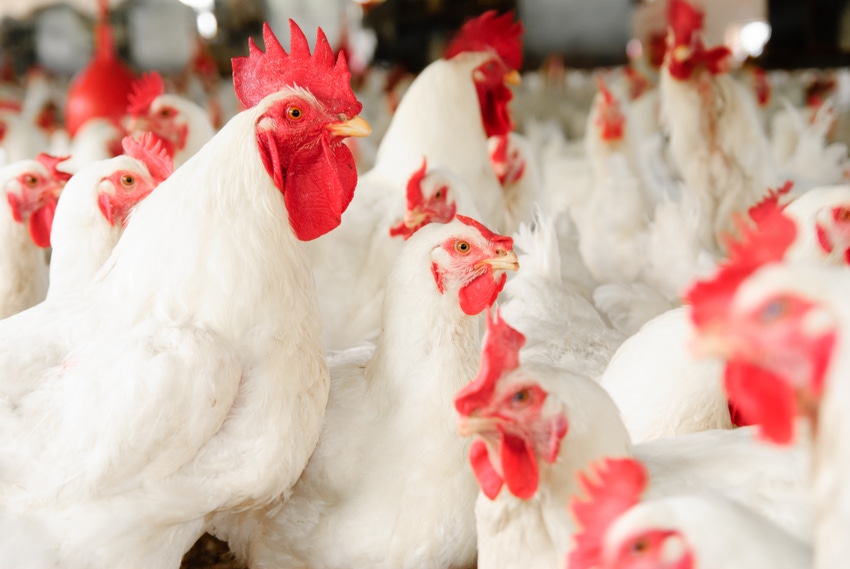Effects of variable light intensity programs on broilers evaluated
Findings showed variable light intensity lighting program stimulated dustbathing behavior, volunteer movement of birds.
July 20, 2023

Light intensity has been shown to affect the activity of birds, but most studies have focused on constant light intensities to determine their effect on welfare. USPOULTRY and the USPOULTRY Foundation has announced the completion of a funded research project at the University of Arkansas in which researchers evaluated the effects of variable light intensity programs on broiler welfare. The research was made possible in part by an endowing Foundation gift from Simmons Foods and proceeds from the International Poultry Expo, part of the International Production & Processing Expo (IPPE). The research is part of the Association’s comprehensive research program encompassing all phases of poultry and egg production and processing. In total, $35,700,000 has been invested in research by the Association and Foundation.
Dr. David Caldwell, head of the department of poultry science and the director for the Center of Excellence for Poultry Science within the University of Arkansas, and his team sought to determine the effects of variable intensity lighting and natural lighting programs on behavior, gait score and stress hormone (corticosterone) compared with constant light intensity programs in commercial broiler farms. Other objectives in the study included investigating the effect of enrichment huts on broiler behavior, gait score and stress in the different lighting programs.
Findings showed that the variable light (VL) intensity lighting program stimulated the dustbathing behavior and volunteer movement of birds. In addition, litter moisture content and footpad lesions were lowest in the VL intensity lighting program house.
The research summary can be found on the USPOULTRY website.
You May Also Like



